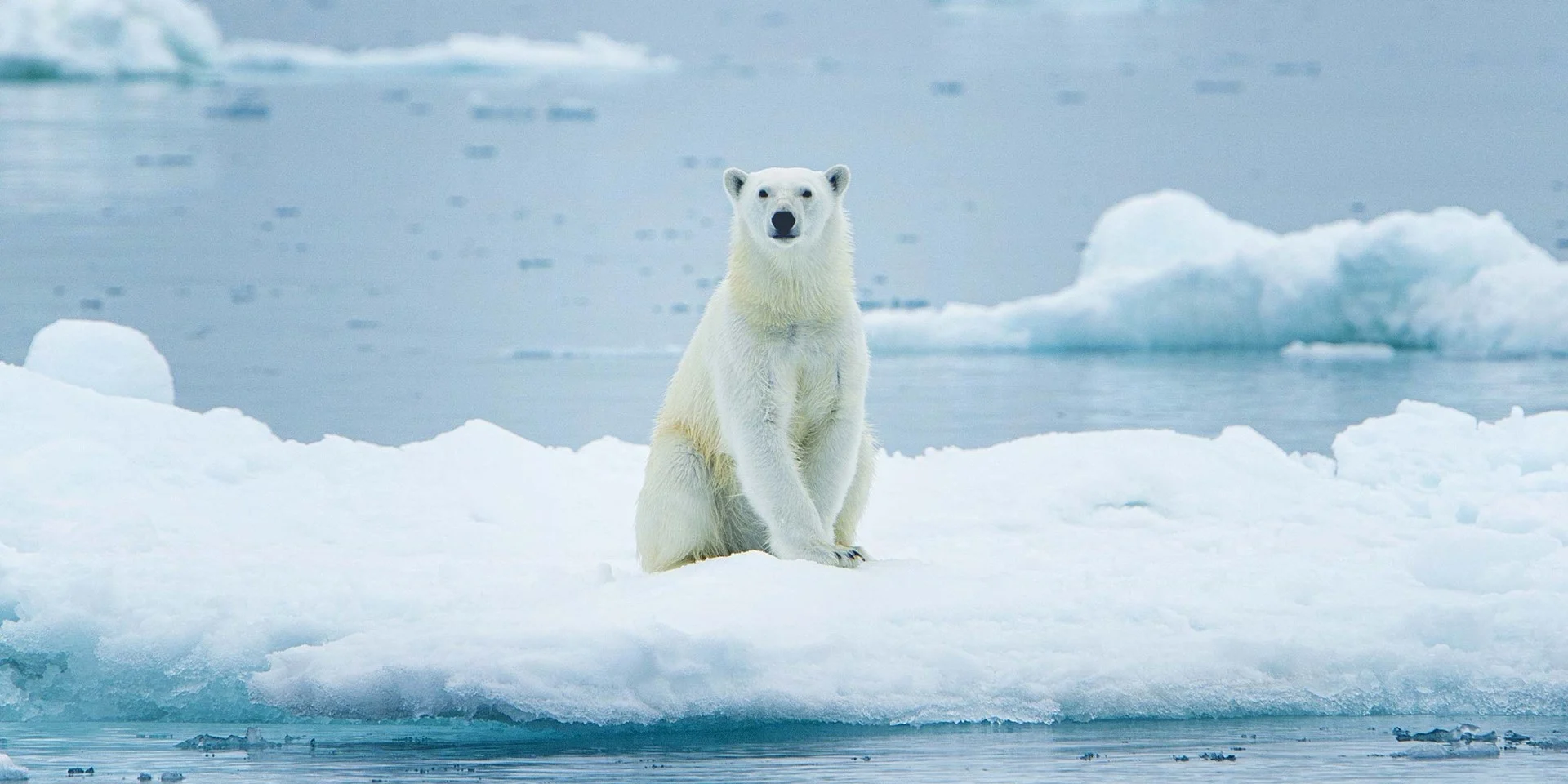Svalbard: Inspiration
How to get to Svalbard and what to do there.
3 mins read
Svalbard population and settlement
The population of Svalbard is approximately 2500. Longyearbyen is the largest settlement in the islands and is also the seat of the governor. It's a colourful modern town with first-class facilities, like excellent hotels and restaurants, regular flight connections to mainland Norway, as well as an impressive range of activities to suit every traveller.
How to get to Svalbard?
Svalbard is situated between Norway and the North pole, but the archipelago is quite easy to travel to. With Hurtigruten you can choose among a variety of expedition cruise to Svalbard. Typically, you would make your way to Longyearbyen before embarking on a 6-10 day voyage. If you only want to experience Svalbard mainland, you can choose between multiple land based adventures on Hurtigruten Svalbard. On our cruises, the expedition-style landings will take you close to the Arctic wildlife, the ghost towns of the early whaling stations and remote mining towns, research communities, spectacular fjords and icebergs.
Things to do in Svalbard
Located on the southern fringe of the frozen Arctic Ocean, we offers expedition landings, hikes, kayaking and other excursions on Svalbard – there are lots of things to do in Svalbard. Part of the Svalbard experience is visiting the different and fascinating settlements like Longyearbyen, Barentsburg, or Ny-Ålesund – all with a different scent and atmosphere. However, they share a certain pioneer feeling, a “Klondike-like” atmosphere – displaying self-confidence in their isolation from the mainland. This Archipelago holds fascinating histories of the polar heroes of the north, and cultural heritage from the coal mining era as well as the history of exploration, hunting and whaling.
Svalbard wildlife
The Svalbard wildlife is unique and fascinating. In the Artic wilderness you’ll find the majestic polar bear, witch outnumber humans on Svalbard. Did you know that polar bears are good swimmers and can swim for several miles and days in row? Read more and get to know the polar bear better. You can also find arctic foxes, reindeers, seals and whales. During summertime large numbers of sea birds flock to the archipelago. Svalbard has long been a tourist destination, ever since the coal industry began. You will find old mining villages, abandoned whaling stations and hunting lodges dating back several centuries. A cruise to Svalbard will give you best of both worlds, exotic wildlife and majestic nature, but also history and culture.
Weather climate and best time to visit Svalbard
Located halfway between mainland Norway and the North Pole, one might expect it to be unbearably cold. However, thanks to the Gulf Stream, Spitsbergen and the other islands in the Svalbard archipelago boast a surprisingly mild climate with distinctive seasons. The arctic summer, blessed with long days and buzz of wildlife and human activity, is favoured by travellers seeking the classic arctic experience. But delve deeper and you'll find each season has its own distinct character, from winter's crisp northern lights to spring's welcoming of new beginnings.
